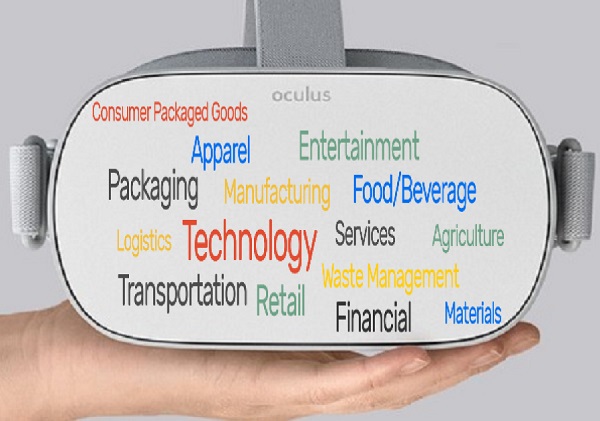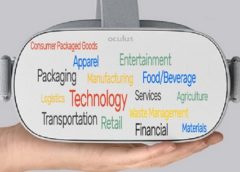
After a somewhat slow start, virtual reality (VR) gaming is now steadily increasing in popularity. However, the possibilities that VR offers are there to be exploited by other industries as well, and some have already started to explore how this tech can enhance their productivity and profits. Others are still to embrace VR, but there are many sectors that it has the power to benefit.
What industries have already adopted VR tech?
The military is one place in which virtual reality is already being widely deployed. All branches of the military, air force, navy and army, are using VR in their training, as the potential it offers to immerse the user in ultra-realistic simulated scenarios is perfect for teaching trainees how to deal with difficult and dangerous situations while in combat. It enables them to experience such situations without actually being vulnerable to injury or worse, so they can revisit them multiple times until they get their responses right.
Nor is this the only area where VR has already been adopted, as the fashion industry – always one that is open to innovation – is already using it in several different ways. At the design stage, virtual reality models are being used by clothes designers to help achieve the best results with less inconvenience than using human ones, while virtual reality stores filled with the latest cutting edge fashions are being created using the software. Now VR has even come to the actual shows, with last year’s London Fashion Week equipping attendees with VR goggles for an enhanced experience.
How other industries may use it in the future
These early VR adopters are surely just the start, as there are many other industries VR could help improve. For example, there is already evidence to show that virtual reality could assist the healthcare sector in treating the management of pain. Using calming simulations of scenery or relaxation simulations like meditation or yoga has been found to reduce the pain signals experienced by patients. It also has the potential to revolutionise surgery, by enabling students to practice and master complex surgical procedures using ultra-realistic virtual patients.
Then there is the education sector, where it could be used to breathe life into the study. For students learning history in particular, virtual reality applications could let them actually immerse themselves in past worlds in a way that even the best books, films or television shows will not allow. This is a way in which VR tech combined with good teaching can potentially engage students of all ages with worlds and ways of life that are very different from their own. The use of virtual reality apps and headsets in teaching and medicine seem set to change them forever very soon – and hopefully for the better.
